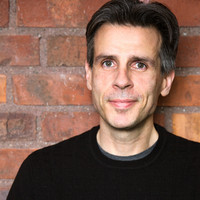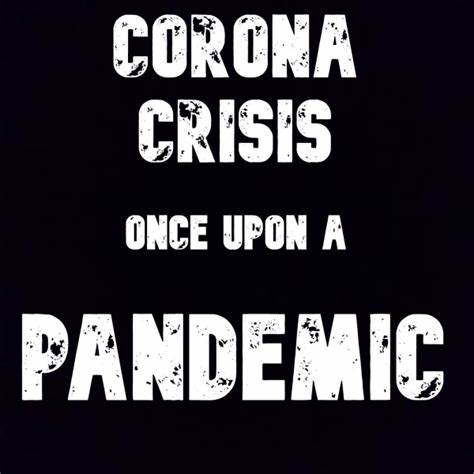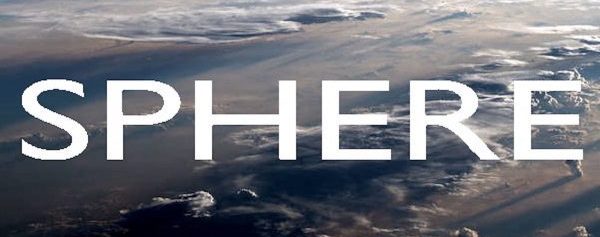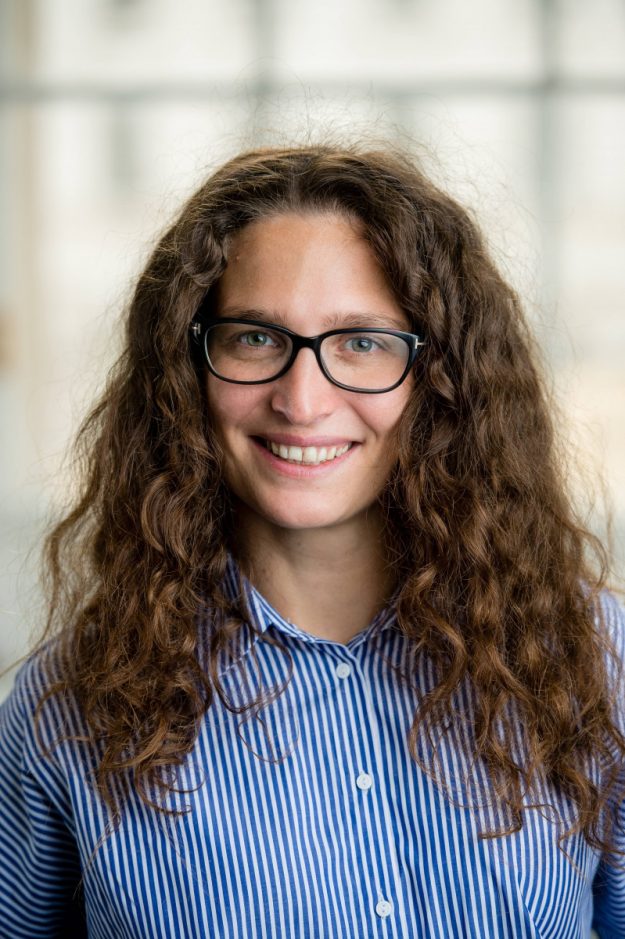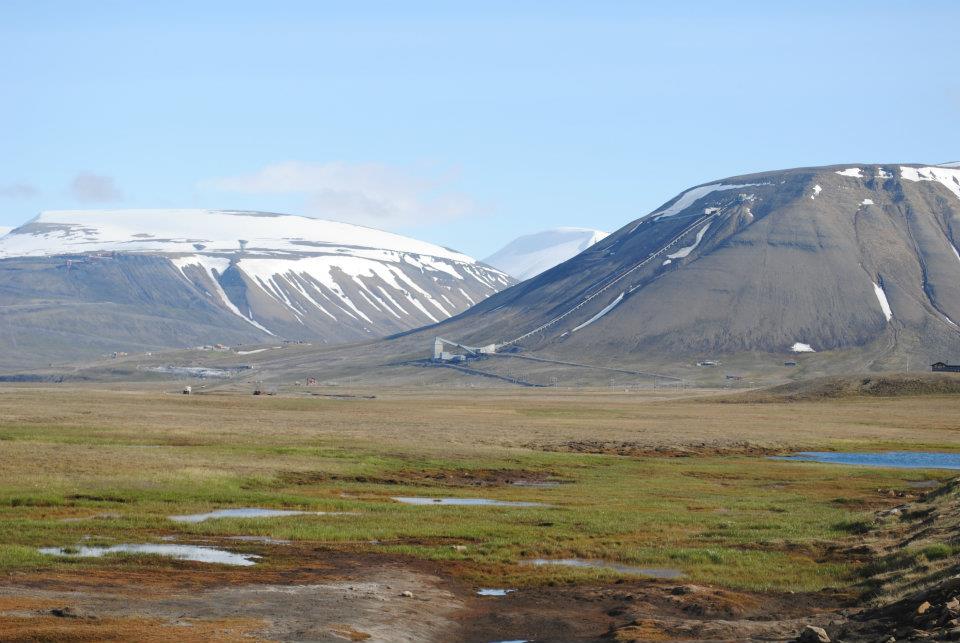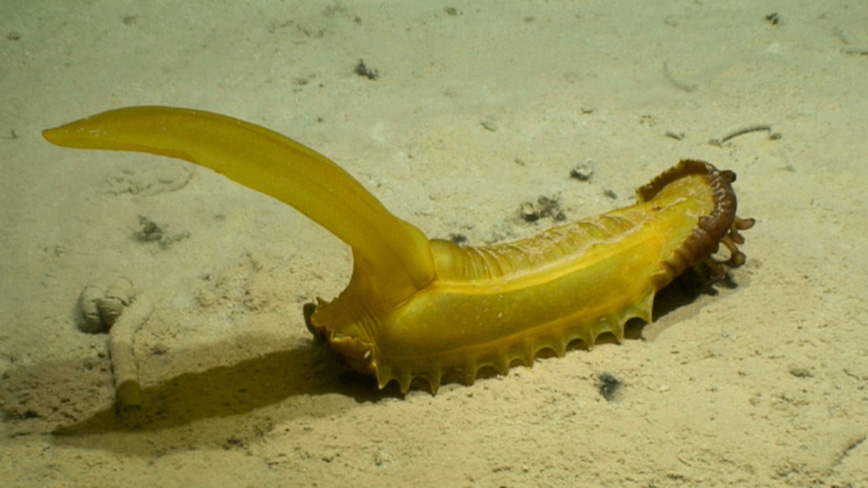
To an historian, the contemporary period begins at the end of the second world war and – at least for Tirza Meyer – stretches some distance into the future. In her own academic history, the law of the sea has played an important role. It started when her supervisor at NTNU in Trondheim, Norway invited her to work on a project about deep-sea mining. That led to a dissertation about the role of Elisabeth Mann Borgese in making the United Nations Convention on the Law of the Sea,UNCLOS, a reality and creating regulations for using the resources of the sea.
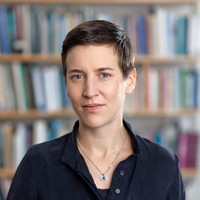
“After the war there existed an international community with the United Nations, the human rights, and ideas of internationalism. By giving resources for everyone to share the idea was that the world could become more just.”
Last year, Tirza Meyers published a book about Elisabeth Mann Borgese’s years-long work with UNCLOS. Her own work has also resulted in her being a member of a reference group for the Norwegian delegation to the International Seabed Authority, ISA, an autonomous international organization, through which states parties to UNCLOS organize and control all mineral-resources-related activities in the Area for the benefit of humankind as a whole.
”Based on my knowledge of the development of the convention on the law of the sea, I can comment on what may happen in the future. In my field, my colleagues and Istudy the past to understand how things are developing and how they may continue to develop in the future.”
Marine protected areas and mining that threatens biodiversity
As recent as in March 2023 negotiations were concluded on the Treaty of the High Seas to protect the ocean, tackle environmental degradation, fight climate change, and prevent biodiversity loss, an addendum to UNCLOS in an area that wasn’t well known during the 1970s and 1980s when the convention was negotiated. When ratified by at least 60 states the addendum will enter into force, enabling large marine protected areas on the high seas and require assessing the impact of economic activities on high seas biodiversity.
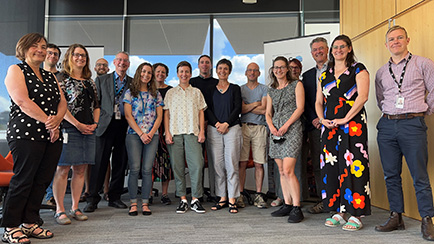
This year the ISA wants to reach a contract for the exploitation of minerals from the seabed. So far deep-sea mining has only been done as small-scale trials but the new contract can lead to large-scale seabed mining, something that is problematic in many ways and that is portrayed as a necessity since there will be a large future demand for minerals, not least for the green transition.
“I believe many biologists who work with the deep sea agree that we first need to gather information before mining, that risks devastating large areas, should take place. It is a very inflammatory issue, as a historian I can only comment on how we ended up where we are today.”
Costly research at enormous depths
Tirza Meyer has turned her eyes to the contemporary history of deep-sea research and she focuses on the abyssal and hadal zones, the part of the ocean – most of it – that is deeper than 4 000 meters and that has been named after the Greek word for bottomless and the Greek mythological underworld. She recently returned from a research trip to Australia.
“The research institute in Perth that I visited had been able to have access to a research vessel and a submersible thanks to funding from a wealthy individual. That is both interesting and problematic. One can speculate about how their research had been affected if he had decided to use his money on something else. A lot of the research is also funded by companies that want to mine minerals and that need knowledge about the seabed.”
In Tasmania, she met researchers working with under-ice observation. They work in inaccessible areas since it isn’t possible to drill through the polar ice and the instruments you send down under the ice tend to disappear. But there are great opportunities for discoveries. In 2021 researchers discovered the largest colony of fish nests in the world under the polar ice, with approximately 60 million fishes of the species Jonah’s icefish (Neopagetopsis ionah) over an area of 240 square kilometres.
”They discovered the area with a remotely operated underwater vehicle or ROV. I spoke with one of the people who made the discovery at a conference in London ”The Challenger Society Conference”. It’s a special world where you talk about how many species you have under your belt, that is how many new species you have discovered.”
New knowledge changes our view of the deep sea
The development has been fast and new species are discovered every time you send an instrument into the deep. Our idea of what the deep sea is has changed as we have gotten access to new technology that has changed our view of an area that we didn’t use to have access to.
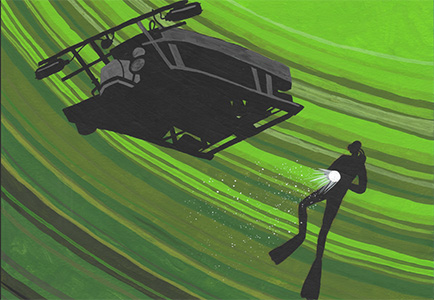
”Earlier a kind of dredge was used to collect fish from the deep sea. Then you didn’t know from exactly what depth the fishes came and they were also harmed when they were raised the the deep. One example of this is the fish barreleyes (Macropinna microstoma) which has a transparent head filled with liquid. The first description and drawing of the fish are from 1939 and they show a fish with a head that has collapsed in the lower surface pressure. It wasn’t until the early 2000s that a camera on an ROV revealed what it looked like in its natural habitat.”
Another example that shows how we are in the middle of an era of discoveries and new knowledge is that the first map of the Mid-Atlantic ridge was done as late as 1953 and that it’s not until the present day that we can map the seabed and measure the depth of the sea, using satellites and modern bathymetry. In the 1970s we also discovered hydrothermal vents, openings in the seabed with hot water mixed with minerals, and bacteria feeding on minerals through chemosynthesis, an alternative to photosynthesis, that was unknown until then.
”Apart from deep-sea research being very expensive and much remaining to be discovered, it’s also an international endeavour. I hope that we can learn more about the ocean together, without devastating it.”

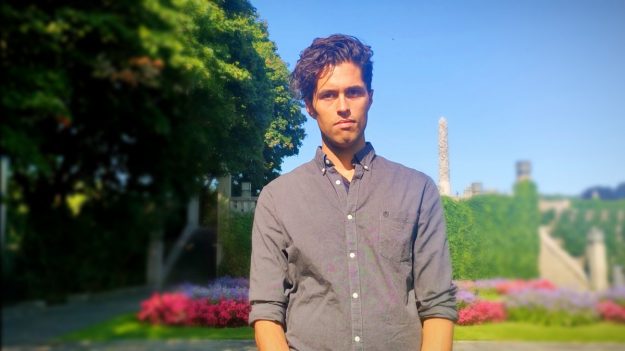
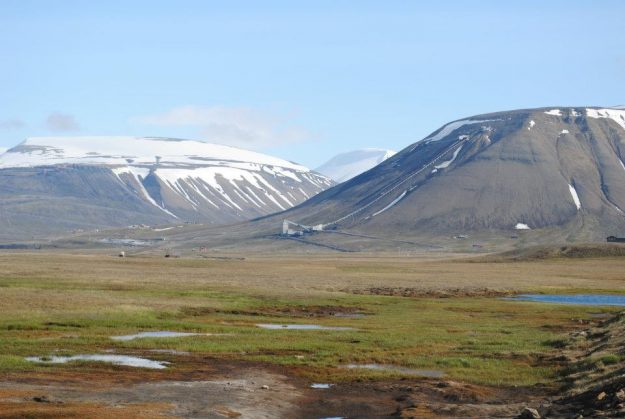
 Podcasts are indeed a great way of learning and communicating research, which makes our academic work so vibrant and fun, Liuba says about the episode.
Podcasts are indeed a great way of learning and communicating research, which makes our academic work so vibrant and fun, Liuba says about the episode.